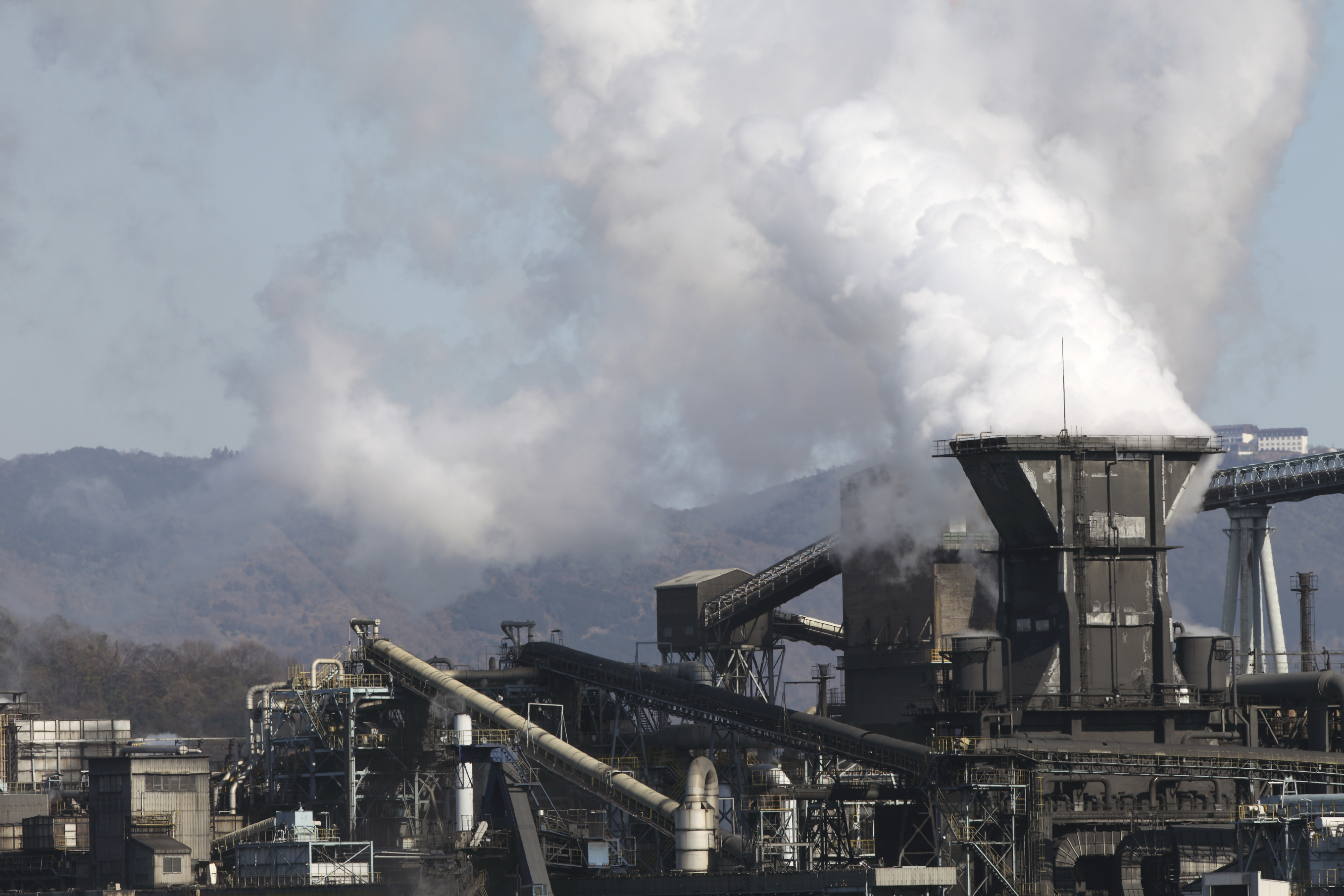
NEWS & ANALYSIS
Peabody CEO wants 2-year pause on coal retirements

Washington, 15 August (Argus) — Peabody chief executive Glenn Kellow urged a two-year pause in additional coal-fired power plant retirements until a thorough analysis of grid reliability is completed.
The new administration of President Donald Trump "provides us with a unique opportunity," Kellow said today at the American Coal Council Coal Market Strategies conference in Park City, Utah. "This is an an administration, this is a president, these are cabinet secretaries who get it."
The US is midway through a record pace of power plant retirements that was mostly tied to tightened air pollution standards implemented earlier this decade. About 36.3GW of capacity came off line in 2015 and 2016, and the US Energy Information Administration expects another 16.8GW of capacity to close between 2017 and 2021. Peabody expects 50GW of coal-fired capacity to be retired through 2021, which is "far too many," Kellow said.
"Let us have the industry focus on cutting that in half and running the fleet harder," he said.
The US Department of Energy is in the process of completing a reliability study ordered by secretary Rick Perry in April. That likely will confirm what members of the coal industry have been arguing: increasing reliance on renewables is putting electricity supply at risk, Kellow said.
The Trump administration "has taken a number of positive steps" to support coal, Kellow said. That includes revoking the stream protection rule that may have limited coal mine development and suspending the Clean Power Plan, which requires power plants to cut CO2 emissions. But the coal industry is still suffering from years of over-regulation, cheap natural gas and a push toward renewable generation that have resulted in a "major imbalance in the power supply," Kellow said.
But the Peabody executive recognizes that concerns about carbon emissions are not going away, even with Trump in office. He wants to see more carbon capture projects like NRG's Petra Nova plant in Texas successfully reach commercial scale.
Kellow is also hopeful that new high-efficiency low-emissions (HELE) coal plants could be built in the US. HELE coal plants that will be able to produce 800GW of power are on line or under construction globally, with countries like Japan and China leading the way, Kellow said.
"This is going to be the future for coal," said Danny Gray, executive vice president for governmental affairs at Charah, which markets coal combustion residuals. Gray pointed to the Longview plant in West Virginia which is one of the highest efficiency electricity producers in the US. He believes that the US should subsidize the construction of HELE plants, to keep the US competitive with global players.
But Dennis Rackers, director of fuels and materials management at Northern Indiana Public Service, was skeptical that commercial scale use of so-called advanced coal technologies would gain traction in the US. HELE plants are three times more expensive to build than natural gas facilities even before fuel costs are considered.
And carbon capture and storage "could be double the cost of coal, increasing that incremental cost of generation by another 100pc."
This analysis was published in Argus Coal Daily
Sign up to receive free market updates
To receive white papers, pricing updates and webinars, simply leave your details below.
Sign up to receive free market updates
To receive white papers, pricing updates and webinars, simply leave your details below.

Thanks! Keep an eye on your inbox for future white papers, pricing updates, webinars and more.